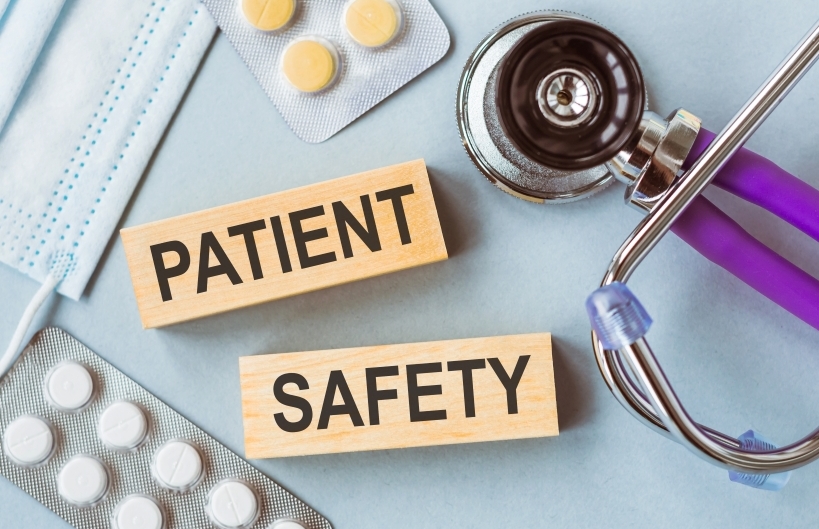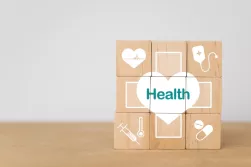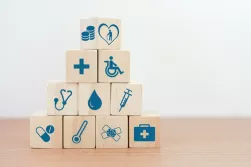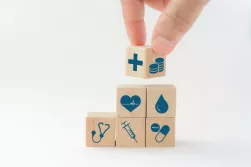Jodie Pepin, clinical pharmacy program director at Harbor Health, has dedicated her career to patient safety. She’s worked at several hospitals across the U.S. and each time she’s wanted to start a new program or initiative, she was met with skepticism or push-back from the C-suite.
That’s because she believes that pharmacists aren’t seen with the same level of respect as a physician. As a pharmacist for almost 40 years, she says the industry is under-visualized and underutilized.
“No one gives us the same credit as a physician,” Pepin says. “We're still fighting with Medicare to fully recognize pharmacists as providers of care. When I first started at a hospital, we were all down in the basement, with no windows. That’s when I realized just how underappreciated pharmacists are. We’re seen as an afterthought.”



